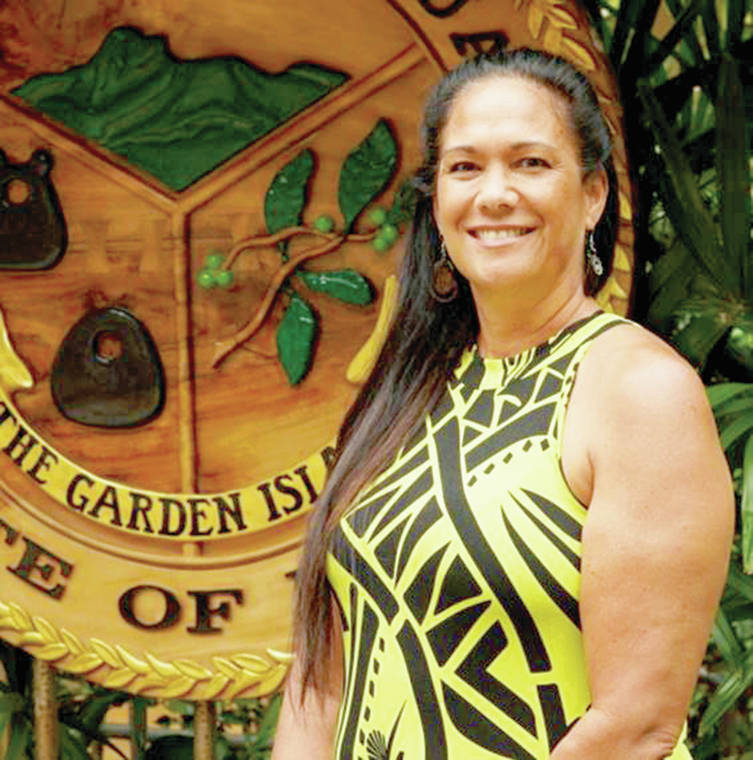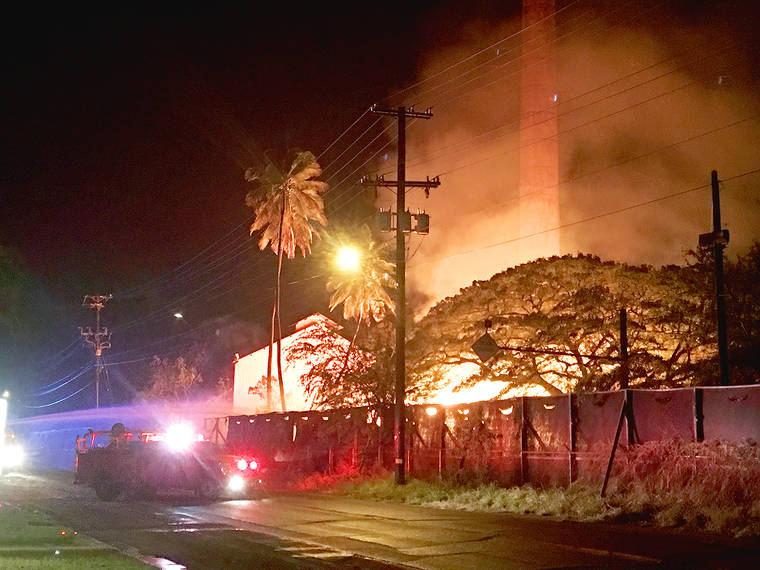KEKAHA — The county has received $300,000 to start first steps in cleaning up hazardous-waste sites at the former Kekaha Sugar Company mill, revitalize the historic site and advance economic development in the area.
The money comes through the U.S. Environmental Protection Agency Brownfields Revitalization Grant, and will be used to start the cleanup process at the mill, with a focus on study and review of the site.
County Office of Economic Development Director Nalani Brun said the money will be used toward a more in-depth technical review of the mill infrastructure, a site-reuse vision, site-disposition strategy, community-health assessment and overall revitalization road map, resulting in an executable and actionable plan.
“Grant funding will allow the community to engage with consultants who can assist with the evaluation of opportunities, constraints and a range of redevelopment possibilities related to the mill site’s reuse,” said Brun.
“Other uses of funding include a market study to understand realistic, market-driven, future land-use options and capture economic data, trends and planning for Kekaha.”
County staff partnered with the nonprofit organization Kaunalewa on applying for and administering the grant, and the team originally was going to apply for more money — about twice as much as they ended up receiving.
“When we originally went to ask for permission to apply from (the) council, we were still trying to determine which grant was the best option for all the partners,” Brun said.
“One grant option was $600,000, which would have been the highest number we would seek. However, in the end, we opted to apply for the $300,000 grant, which we were awarded. The grant team determined this was the pathway for the most success.”
The herbicide-mixing plant at the mill was in operation from 1800 to 1960. The state Department of Health reported that the Kekaha Sugar Company site was identified as a potential hazardous-waste site and entered into the Comprehensive Environmental Response, Compensation and Liability Information System in November of 2000.
The site includes a cane-washing area, broil plant, storage warehouse, molasses-storage tanks, electrical shop, metal shop, drum-storage area and machine shop. The mill’s laboratory facility is located inside the lime-storage area of the broiler house.
Drums labeled “used oil,” and transformers labeled “non-PCB certified oil,” are stored inside the broiler area, and there are stained soils present all over the mill area.
Results from soil samples taken during a DOH analysis of the site of the former herbicide-mixing plant showed elevated levels of dioxins and furans, PCP (pentachlorophenol), arsenic and other pesticides.
The $300,000 Brownfields Grant isn’t going to pay for the actual cleanup efforts, though. EPA representatives said the county may use the EPA funding for community engagement, property assessments, cleanup planning and redevelopment planning — and that’s what the county is doing.
The first step of the project will be to hire a qualified environmental professional to start assessing the site and formulating community outreach on the project.
Brun said the EPA grant is just the beginning of the Kekaha Sugar mill project.
“Brownfields’ cleanups consist of many steps that are taken in a specific order,” Brun said. “This is just one step in the process with the EPA. Once the community has been consulted and an assessment has been made, the partners will determine if they want to go back to the EPA for the next-step funds. Actual cleanup requires the owner of the property to apply for funding, and is a much-more-intricate step.”
Mayrose Munar, president of Kaunalewa, said the nonprofit believes this initial grant represents an important first step in the environmental cleanup of the Kekaha mill.
“Going forward, we will continue to work with the community to push environmental restoration as well as drive economic revitalization to uplift the Westside,” Munar said.
Councilmember Felicia Cowden said protecting the health and viability of the Kekaha community is a priority.
“I have gratitude to the state for the 50% environmental funding in these difficult economic times,” Cowden said. “I am committed to supporting the team effort that begins with remediating the harmful legacy chemicals that have left this prime area difficult to restore.”
•••
Stephanie Shinno, education and business reporter, can be reached at 245-0424 or sshinno@thegardenisland.com.





